10 Ways to Take Artistic Photos
Photography captures knowledge, experiences, thoughts, and one’s worldview. Photography intercepts a moment from time and makes it stand still, thereby changing life. The reality in the eyes of photographers is what their photos show. Taking photos is to hold your breath and focus all your attention on one point to capture fleeting reality. At that moment, catching an image becomes a huge physical and spiritual joy. A good photo is a successful synthesis of technology and art.

1.Watch and Observe More
To take photos with artistic conception, you must first have eyes to discover beauty. Observe more, whether it’s the streets or the sunset, whether it’s the mountains, lakes, and seas, or still life scenery. Find elements that you find beautiful, record them, and try to think about how to express them through the lens.

2.Apply the Fundamentals of Photography.
Including perspective, color usage, and contrast, is key to creating impactful images. By understanding how perspective affects the perceived size and distance of objects, you can create depth and draw the viewer in. Likewise, intentional color choices can evoke emotions and guide the eye. Finally, manipulating contrast and harmony between light and dark areas helps to define the subject and separate it from the background. By actively using these principles, you’ll transform your photos from simple snapshots into captivating compositions.

3.Focus on Parts.
Instead of capturing everything at once, turn your lens towards the intricacies of a scene. Zoom in on a dancer's expressive hand gestures, the slumped posture of a lone figure on a park bench, or the weathered details of an antique shop window. By isolating these elements, your photograph transforms from a snapshot into a piece of art. This approach ignites the viewer's imagination, prompting them to piece together the bigger story and ponder the emotions or narratives hidden within the frame.

4.Painting with Light.
Instead of a brush and paint, photographers use light to create captivating images and evoke emotions in the viewer. Just like a painter's choice of colors, the quality of light plays a starring role. Soft morning light, for instance, can bathe a scene in peaceful serenity, while golden evening sunlight casts a warm and mellow glow.
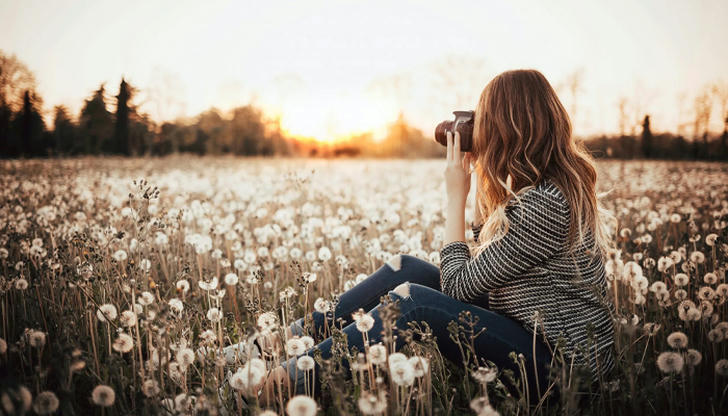
5.Composition.
Composition is the skeleton of the photo. By applying composition rules such as the rule of thirds and the golden section, you can make your photos more balanced and harmonious. At the same time, try to break the rules and use some unconventional composition methods, which may make the photos more innovative and impactful.
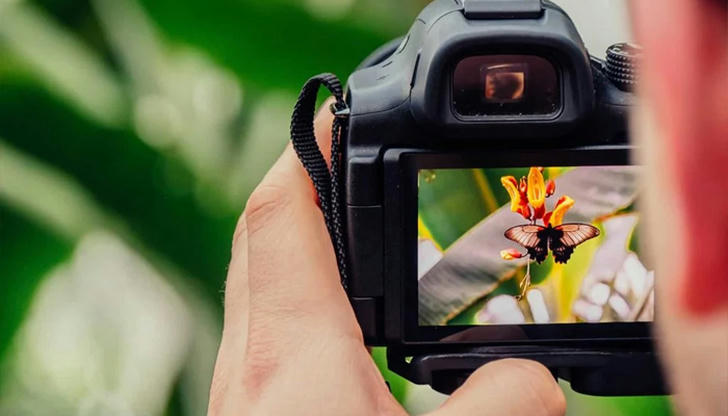
6.Color Matching.
Color is the mood of the photo. it's about harnessing the power of color to evoke emotions in your photos. Just like music has moods, colors have moods too. By strategically matching warm and cool tones, contrasting colors, or colors adjacent to each other on the color wheel, you can completely change the feeling of your image. Warm colors like reds, oranges, and yellows radiate energy and excitement, while cool colors like blues, greens, and purples create a sense of calmness and peace.
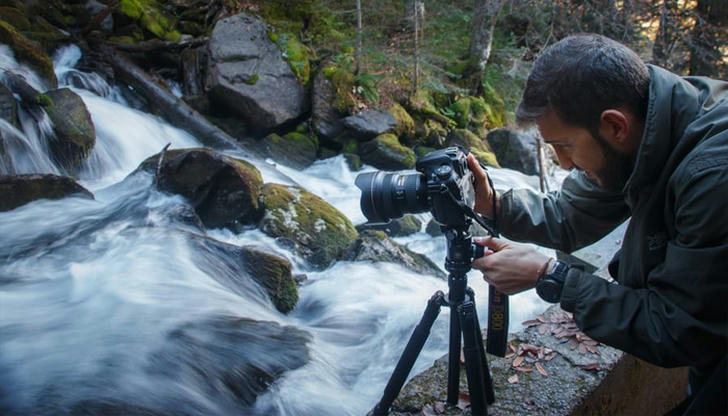
7.Capture Movement.
While sharp, clear shots are important, incorporating movement can bring vitality and movement to photos. For example, flowing water, floating clouds, walking people, etc. Capturing these dynamic elements through slow shutter speed or tracking can transform your photos from flat to dynamic, grabbing the viewer's attention and making them feel like they're right there in the scene.
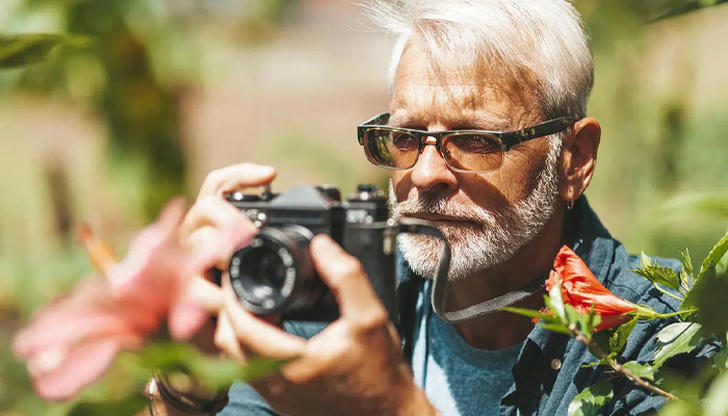
8.Look for Details.
When it comes to photography, details are the magic ingredient that breathes life into your images. Train your eye to observe the finer aspects of your subject - the way light dances across their textured surface, the subtle shifts in color, or the interplay of light and shadow that carves out depth and dimension. By meticulously capturing these details and translating them into your photograph, you elevate it from a snapshot to a powerful and evocative piece. These details become the whispers that tell a story, evoke emotions, and leave a lasting impression on the viewer.

9.Post-Processing.
Post-processing is not only necessary, but also an important part of creation. By adjusting parameters such as contrast, color temperature, and sharpness, you can make photos more in line with your aesthetic and expression needs. At the same time, through some creative post-processing techniques, such as double exposure, filters, etc., photos can also produce more fantastic and artistic effects.
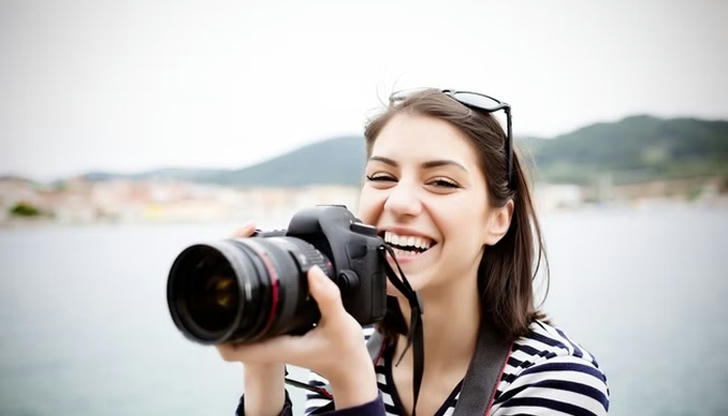
10.Continuous Practice and Reflection.
Finally, and the most important thing is continuous practice and reflection. Only through continuous shooting and experimentation can you improve your photography skills and aesthetic level. At the same time, we must also have the courage to accept criticism and reflect on our own works, to learn and improve from them. Remember, photography is not only a technique but also an art. Only by constantly pursuing innovation and breakthroughs can we go further on the road of photography.
The road to photography, to put it simply, is just climbing from one mountain to another. We always think that we can see all the scenery on the opposite mountain, but we don’t know that when we walk over, there are still things above our heads. There are higher dangerous peaks.
